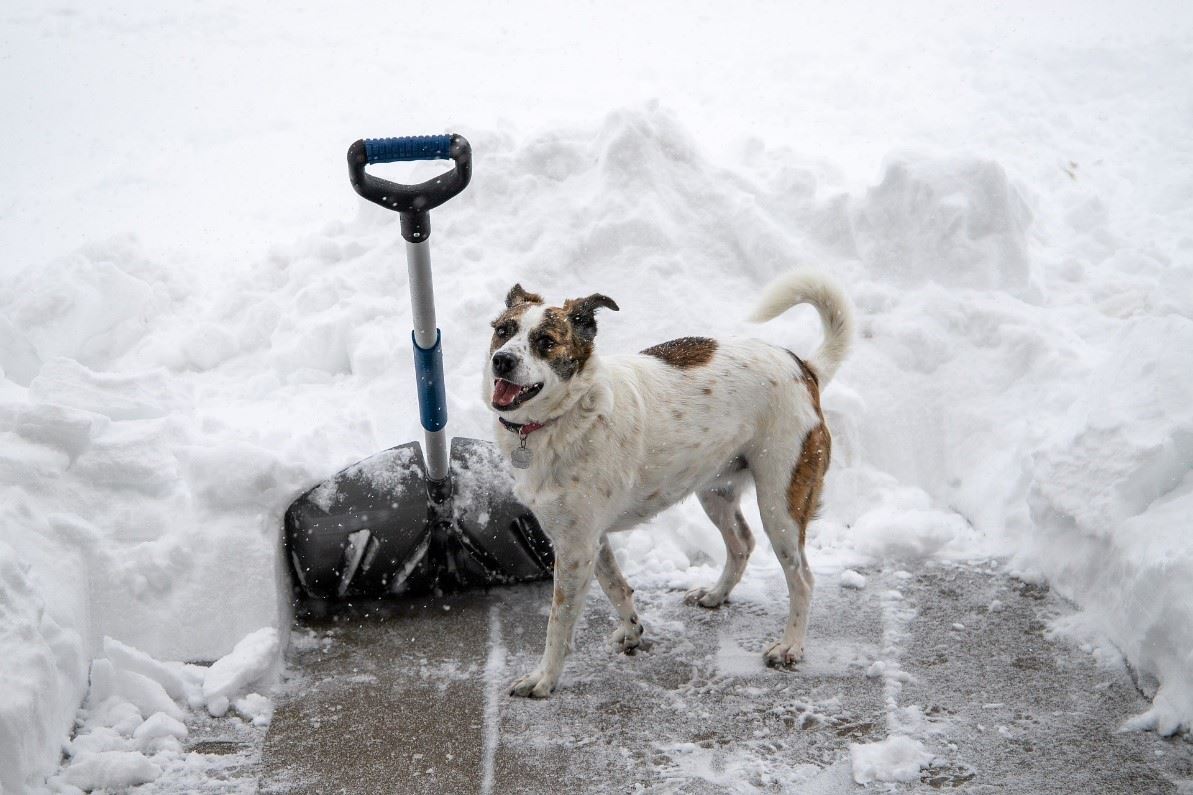
By Tony Nguyen, PTA, a physical therapist assistant, Barnabas Health Ambulatory Care Center, Livingston, NJ
Winter is here! Although the snow may be beautiful to watch coming down, the shoveling that is most likely to follow may be somewhat scary. That is because the activity is quite demanding on your body and can cause injuries or new onset back pain. So it’s always a good idea to maintain your fitness by performing healthy exercise practices long before the snow starts coming.
An important reminder, studies have indicated a physiological link between colder temperatures and heart risks. Physicians caution that those over 50 who are out of shape are at greater risk for a heart attack when performing strenuous upper body exercise, like shoveling.
Here are some useful tips to consider before heading out to the snow.
- Warm up your muscles before heading out. Shoveling is a high intensity activity that requires a lot of muscle movement and energy. Stretch out your arms, neck and legs before and after you shovel.
- Find the right type of shovel. There are a lot of options out there, and some are better than others. A wider blade and a plastic shaft seems to be more the efficient choice as it is much lighter than its metal counterpart.
- Proper mechanics and good, solid foundation. Wear boots that have good tractions in the snow and maintain a wide base of support. When you do have to lift the snow try not to lift too much snow in the blade. Bend with your knees, engage your core muscles and try to throw it straight in front of you, instead of twisting to the side. If you have salt around, you can throw on patches that are icy.
- Start early and pace yourself. It better if you can start earlier rather than wait for the snow to build up and making it significantly heavier and compact. If it is deep, try removing it layer by later, starting from the top down. If you feel tired or sore, take a break as needed.
Despite following all of these tips you might find yourself with general pain or soreness, something fairly normal as your body is just letting you know they got a workout. If this occurs, try some gentle stretching, resting or apply ice or heat. If there is pain or soreness that won’t go away after a few days, you may benefit from some physical therapy at our Ambulatory Care Center to help treat your pain! Happy winter and stay safe!
Tony Nguyen, PTA, is a physical therapist assistant at Barnabas Health Ambulatory Care Center in Livingston, NJ. He treats patients with both orthopedic and neurological conditions, with a special interest in concussion and Parkinson's disease. Tony completed his BA in History and Education at Rutgers in 2010 and received his Associates of Physical Therapist Assistant at Essex County College in 2016. He recently completed LSVT Big certification and is currently working with early intervention children as a child developmental specialist. When Tony is not in the clinic, he enjoys being active, spending time with family and traveling the world.
The Cooperman Barnabas Medical Center Rehabilitation centers are open and ready to help you achieve your goals. With four locations in West Orange, Millburn and Livingston, the experienced and compassionate staff at Cooperman Barnabas Rehabilitation offers adults and children the specialized care they need to resume an active life after surgery, injury or illness. They are committed to providing patients with the most advanced services in a safe, caring and soothing environment. For high-risk patients who are unable to visit in person, telehealth is an option. Patients do not need a prescription for physical therapy services.